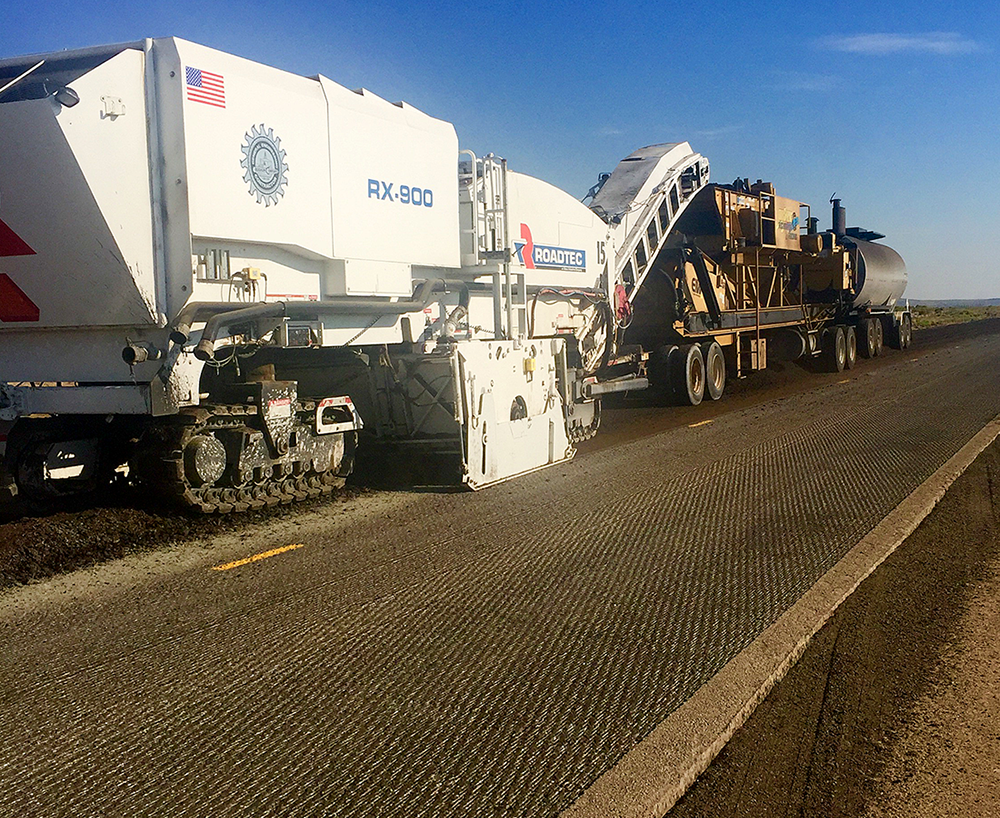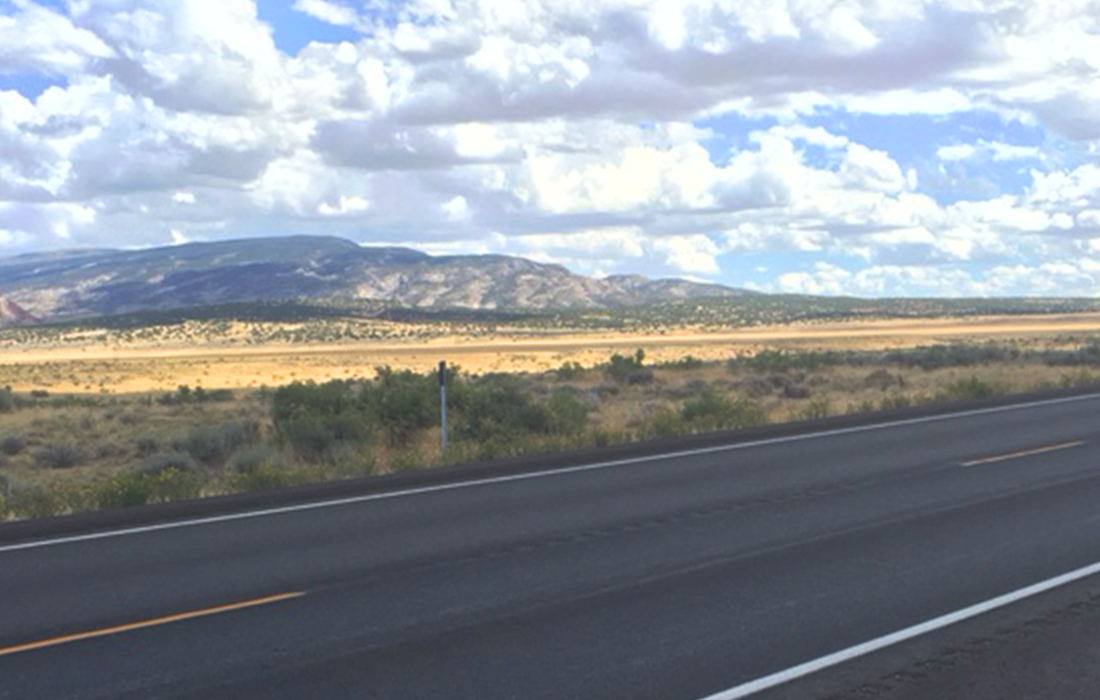
Background
When faced with roads like US 40, plagued with 10 miles of aged and cracked pavement, the Utah Department of Transportation (UDOT) realized Cold In-Place Recycling (CIR) was their most affordable option – but issues with another company's emulsion had caused negative impressions toward the treatment within the state. That’s when Ergon Asphalt & Emulsions, Inc., (Ergon A&E), understanding the full potential of CIR, stepped in to help put the treatment back in the game. It was expected that through the collaborative efforts of Ergon A&E, UDOT and CME Transportation Group (CME), a third-party lab located in Salt Lake City, UT, that an all new specification for CIR would mean not only an affordable treatment for addressing worn pavements, but also one that could stand the test of time.
CIR is a process where two to five inches of existing pavement is pulverized into smaller pieces (1½” minus). This smaller material is mixed with an asphalt emulsion designed according to specific road types and needs. CIR is convenient when the project is in a rural or remote area, as emulsion does not need to be stored or applied at the same temperature as hot mix. CIR projects also require fewer trucks than typical reconstruction or mill and fill, where trucks would be needed to remove existing pavement and then to deliver new aggregate.
UDOT and CME worked with Ergon A&E to reevaluate criteria for CIR mix design procedure and requirements as well as construction specifications.
Giving CIR Another Chance
The new specifications were put to the test on the 10 miles of cracked HMA on US 40 in Uintah County. The area had been treated with numerous chip seals in the past, but the highway had deteriorated to the point that more aggressive action was needed.
The only options available to restore the HMA were CIR or full reconstruction. CIR was the most cost-effective of the treatment options, at approximately 30% to 40% less than full reconstruction. UDOT decided to try the new specification along with a layer of micro surfacing over the CIR, to provide a good wearing surface. Ergon A&E was chosen to supply the CIR emulsion.
This would be the first CIR project using the new specifications, so the results would be crucial in determining whether or not agencies would consider this product for future projects.
Application Highlights
The existing asphalt was milled to a depth of three inches and mixed with an average of 2.9% emulsion, 1.0% lime and 0.5% cement, then reapplied to the roadway. While the CIR would have been successful without added cement, curing and gaining strength within three to four hours, cement was added to help drive water out of the mix and create a faster break time during cooler temperatures.
A WIN for CIR
CIR has been redeemed. UDOT was so pleased with its performance on US 40 that they added three additional CIR projects following this application. The success of CIR under new specifications has since proven to be a worthwhile and consistent solution for agencies.








